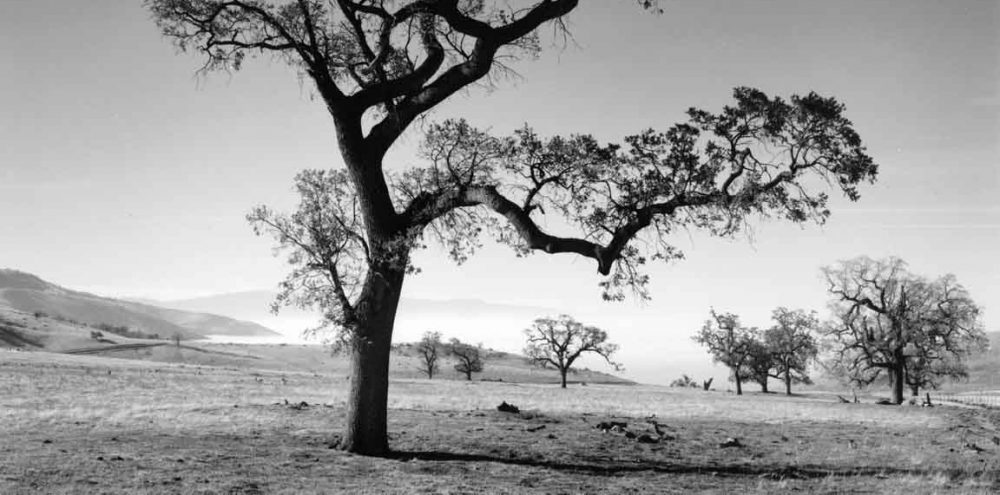A major theme of the interview with Dr. Crockford concerns the extent to which adherents of the “New Age” currents of thought she has studied in Arizona were motivated, or demotivated, by the framework of their ecospiritualities to address problems of environmental or ecological concern. She observed that, somewhat counterintuitively, a majority of the individuals with whom she had spoken evinced no particular commitment to environmental activism on either a societal or an individual level. Instead, they tended toward a millenarian belief that issues of pollution, mass extinction, climate change, and similar would largely resolve themselves in the course of a coming transformation of planetary consciousness, predominantly understood in terms of a shift from an exploitative relationship with an externalized nature—a paradigm coded as masculine—to a cooperative relationship with a nature in which human beings are understood as holistically embedded—a paradigm coded as feminine. Dr. Crockford further speculated that the apparent passivity of her research subjects toward environmental issues could be connected with this gendering of nature, insofar as the idea of “Mother Earth” implicitly casts nature in the role of caretaker, comforter, and nurturer. Indeed, in many ways it might be seen as effecting a startling transfer of responsibility insofar as nature can then be read, like a mother in respect of her child, as having some form of inherent moral responsibility to attend to the welfare of human beings.
I have lived in the American Southwest much of my life, and so Dr. Crockford’s description of Sedona and its inhabitants was very familiar to me (although I have never visited that particular corner of Arizona). I was somewhat startled, though, by the idea of connecting the kind of hyperemotionalized and largely disembodied approach to spirituality and the environment that she found there to gendered discourses. On a personal level, as a former inhabitant of the region, I see much closer connections between the kind of American New Age spirituality she described and the transhumanist millenarianism that pervades much of the culture of Silicon Valley. Both are driven largely by fear of imminent physical catastrophe that, in the minds of their adherents, can only be escaped by transcending the physical limitations of one’s humanity and finding refuge in a kind of Pleroma, be it “spiritual” or digital. In both cases, the work of reaching this safe-haven is understood as properly belonging only to a chosen few who possess the requisite vision, and one’s personal arrival at the envisioned end-point suffices as a total victory, either because the masses simply don’t matter (as in Silicon Valley) or because their conditions will be magically transformed by the deus ex machinasummoned by the efforts of their spiritual superiors (as in Sedona). That these broadly comparable attitudes thrive among women leading Goddess workshops and men in the commanding heights of one of the world’s most patriarchal subcultures suggests to me that gender-coding of the kind Dr. Crockford investigates is a generally tangential issue to many of these attitudes.
As a scholar in religious studies, however, the idea of this connection surprised me in a different way, as the majority of my own work concerns what some (but never its own participants) might call a “New Age” movement that flourished in Britain and Ireland during the 1970s and 1980s—a religious order called Lux Madriana. The Madrians, as they were known, also believed that the planet was approaching disaster and reconfiguration on a scale unprecedented in recorded history, that their religious movement was a vanguard of a new spiritual awakening, and that the new era would be dominated by feminine conceptions of Divinity and society. Indeed, their religion was based around the worship of God as Mother—a belief they said had once been universal to humanity in the days of what Marija Gimbutas called “Old Europe”, until being overthrown in the period of patriarchy, which they identified with the Hindu Kali Yuga, or Iron Age. Unlike the Sedonans, however, this prompted them to promote genuine political and social matriarchy, as well as to critique industrialism and most modern technology as near-diabolic outworkings of the modern obsession with quantification, scale, and material efficiency (à la the “reign of quantity” described by René Guénon, whom the Madrians greatly admired)—tendencies which they regarded as decidedly masculine. Accordingly, they protested nuclear power, commercial pesticides, and other environmental depridations and dedicated very practical (though ultimately unsuccessful) efforts toward the creation of sustainable, subsistence agricultural communities in several locations. Members of their order returned to the land, without electricity, in order to cultivate traditional trades and crafts as meditative disciplines and pathways to spiritual progress.
In asking myself why the feminine millenarianism of the Madrians did not beguile them into the same passivity that Dr. Crockford found to be so common in Sedona, I suspect the answer has less to do with concepts of gender and more to do with metaphors of family. For all that their social and political teaching was quite radical, Madrian theology was quite traditional (in both the common and the Guénonian senses of the term). While cultivating a strong sense of the Divine presence withinthe material world, they kept careful and nuanced distinctions between Creatrix and Creation; because God was seen as Mother, the Earth, as a part of the Creation, could not be. Instead, their scriptures taught that “the earth is thy sister, and the creatures thereof are thy kin” (The Heart of Water, v. 3)—a position echoing G.K. Chesterton (of whom they were also a great admirer), who wrote that “The main point of Christianity was this: that Nature was not our mother: Nature is our sister.” (Orthodoxy) Among the many creatures of the Earth the Madrians recognized were the fairies, whom they saw nearly everywhere in the natural world but (as they lamented in the pages of their magazine—The Coming Age) with less and less frequency as time went on, for they believed that modern practices of industrialized agriculture were driving the fairies, whom they called the “little sisters”, away from human habitations. In this charming term of endearment we perhaps hear another echo of Chesterton, who observed that “To St. Francis, Nature is a sister, and even a younger sister: a little, dancing sister, to be laughed at as well as loved.”
In both Christianity and Madrianism there are, obviously, vast reaches of gendered implication in images of motherhood and of sisterhood but, in comparison with Sedona, the key aspect seems to be the difference between parenthood and siblinghood. Across many spiritual and religious traditions, including all those considered here, the image of the Divine parent does not contrast an adult child, but rather a little child, as the image of the believer or of humanity, and while a little child can be responsible to a father or a mother, no little child can be responsible forone. This is the symbolic trap of “Mother Earth” into which much of the New Age movement readily falls, implicitly (and perhaps quite accidentally) casting nature as the eternally self-sacrificing parent who will, from natural affection, ultimately give her own life for the welfare of her child. Indeed, one is tempted to read much New Age thought on the subject as a naturalized recapitulation of the Christian theme of Divine self-sacrifice born from the inexhaustible love of a parent. Wherever nature and deity come too close together, human beings will quite readily read themselves into the story of the prodigal son, whose parent, no matter how long he has been gone or what he has done, will gladly slaughter many animals to throw his welcome feast. Even a relatively young child, however, canbe responsible (within reasonable bounds) for a younger sibling, and we might well expect to find a more environmentally engaged attitude among those of any religion who expect that, one day, their Divine parent might call them to answer for what has become of their little sisters on their watch.
Dr. Crockford, at the beginning of the interview, usefully defines ecospiritualities as perspectives and practices that, beyond seeing the natural world as a divine creation or as a field of immanent divine activity, instead relate to nature, reified, as a divine force in its own right. Writers and speakers associated with these movements often portray this as a re-enchantment of the Earth—a return to the primordial worldview of peoples who still lived on lands they knew as sacred. Indeed, the subjects of Dr. Crockford’s research frequently alluded to the reverence in which the area of Sedona was held by the tribes that inhabited it. As jumbo-jet pilgrims seasonally swell the population of the fragile, drought-threatened landscape into a lucrative bazaar of workshops and mined crystals, however, the comparison that comes to mind is not with the respect given by the Apache and Yavapai to the lands from which they were forcibly removed in the 1876 midwinter march that killed nearly half of them. Instead, one cannot help but think of the customs of peoples throughout history who, upon choosing a sacrificial victim, have dressed and celebrated them as a god before delivering them over, bound, to satisfy the true objects of their worship.



